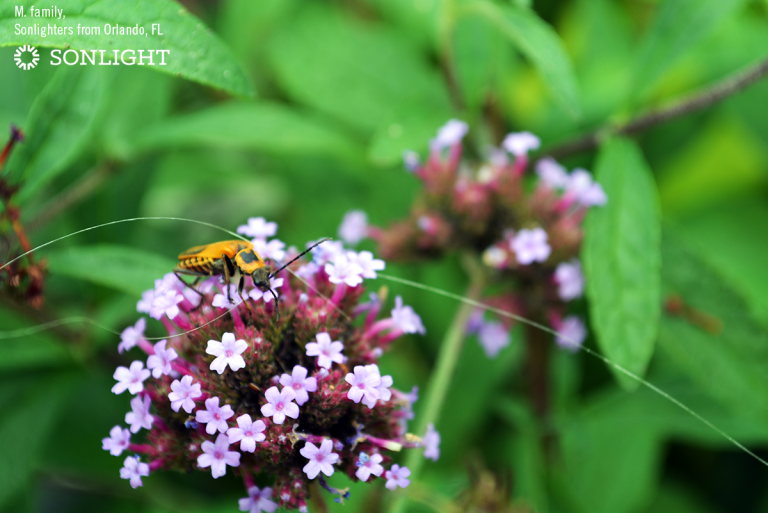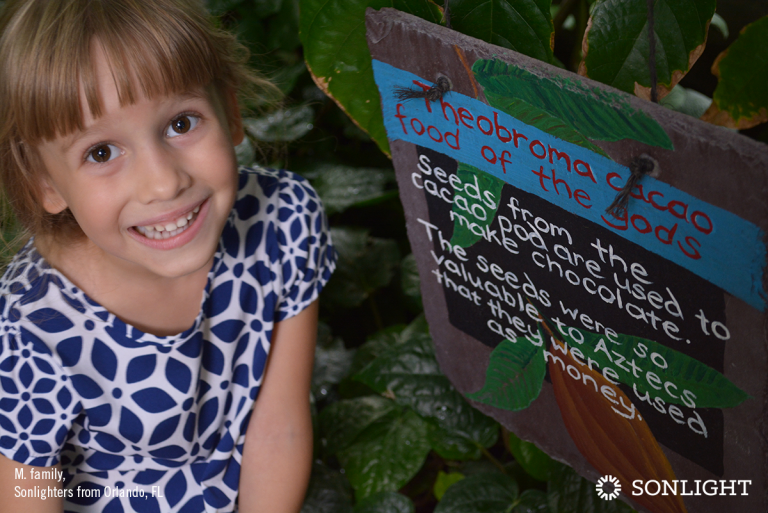
In the homeschool world, the idea of rural living pops up a lot. In everything from literature to suggested activities to Instagram hashtags, there’s widespread admiration for the wild outdoors, the idyllic farm, and acres upon acres of open land.
But the truth is, not all homeschoolers live rural lifestyles. We’re not all wading barefoot in creeks and catching frogs. Many of us are hanging up laundry in the living room after carrying groceries up half a dozen flights of stairs, or coaxing a little plant to grow in the narrow swath of sunshine that dances across the kitchen. As a child, I lived on the second story of a multi-family home, and have fond memories of watching magpies, doves, and sparrows from the concrete balcony. We took buses and trains rather than a car (we didn’t own one!) and shared a community garden with other families in the neighborhood.
If you’re a city-dwelling homeschooler, it can sometimes feel like you’re the odd one out, especially as the rural homesteading movement continues to grow in popularity. But would it surprise you to know rural homeschoolers are actually the statistical minority in the United States? Recent data from the National Center for Education Statistics (NCES) shows us that of the homeschooled students from which data was gleaned, only about 40% live in rural areas.
Forty percent! That means the rest—the majority—of homeschooled students in this country are based in cities, suburbs, and towns across America. While the reality of urban and suburban homeschoolers is a far cry from the folkloric ideals of prairies and pioneers, it’s no less valid—just perhaps much less represented in literature, on blogs and social media, and in homeschooling subculture in general.
This lack of representation, I think, really becomes apparent when we start talking about nature study. Many nature study resources assume every homeschooling family has access to unfettered acres, and will be observing plants and animals in a rural setting. If you’re based in a urban or suburban setting, you might feel like your opportunities to explore the nature world are limited. But even miles away from the countryside, there are so many fantastic ways to study nature.
1. Community Gardens
More and more community gardens have been popping up in urban areas in recent years.
This is an excellent way to really dig in (pun intended) to nature while teaching your kids where food comes from. If you’re unable to connect with a local community garden, consider starting your own, or putting together a container garden on your own balcony or stoop.
2. Wild Animal Rescue and Rehabilitation
There are many organizations across the country dedicated to rehabilitating injured wildlife, and some may even allow tours. You’ll have to do a little bit of searching to find out what’s available in your area.
3. Pet Stores
More than just a repository of cat toys and dog collars, urban pet stores can be an excellent place to observe animals, and to talk about the food chain. (Those crickets aren’t stocked as pets!)
4. Universities
Many universities, and even community colleges, have impressive collections of nature specimens. Depending on the fields of study offered by the school, the botany department might have a greenhouse of unusual plants, or the entomology department might have a great insect collection.
5. Saltwater Fish Stores
When I was in highschool, I had a pet shrimp. He was so tame, I could rest my clean, lotion-free hand in our saltwater tank, and he would sit on my finger and nibble on my cuticles. While a saltwater aquarium store definitely won’t let you you place your hand in the water, you might able to observe live rock, coral reef, peppermint shrimp, and other fascinating ocean life.

6. Botanical Gardens
Botanical gardens are hidden away in all sorts of spaces. Sometimes, you’ll find one on the grounds of an art museum, and other times there’s a compact indoor greenhouse overflowing with colorful flora from around the world. These are such refreshing oases! My personal favorite, located in St. Paul, Minnesota, is a journey through the Spice Trade—cocoa, vanilla, cinnamon, coffee and more.
7. Conventions and Conferences
Keep an eye on the conference calendar at the convention centers near you. Sometimes, although this it isn’t always well-advertised or widespread, certain conferences will offer free access to the public on select days. This is how we ended up attending an incredible Insect Expo—at no cost—when the International Congress of Entomology was in town.
8. Windowsill Gardens
The simplest and most economical nature study, of course, is sprouting seeds in tiny pots on the windowsill. The bean sprouts we grew in moistened paper towel and then transplanted to potting soil provided us with weeks of enjoyment—and even a tiny harvest of green beans.
If God has you in an urban area right now, don’t feel limited or alone. He knows. God has His people dotted all over the globe, in high-rises and cottages, in densely populated areas and in rugged wilderness. “The earth is the Lord’s, and everything in it, the world, and all who live in it; there is no place He cannot reach.” (Psalm 24:1). And he has you there, right where He placed you, “for such a time as this.” (Esther 4:14b)
Ready to explore an educational option that gives you flexibility to explore and enjoy nature? Go to SmoothCourse and get started today.









Love these ideas. We live in a township totally surround by the city. But we do have woods and a nature reserve about three minutes drive from us. Our city has a garden tour which the kids LOVE to go on each year.
The garden tour sounds amazing! Thanks so much, Tea, for taking the time to leave a comment :)